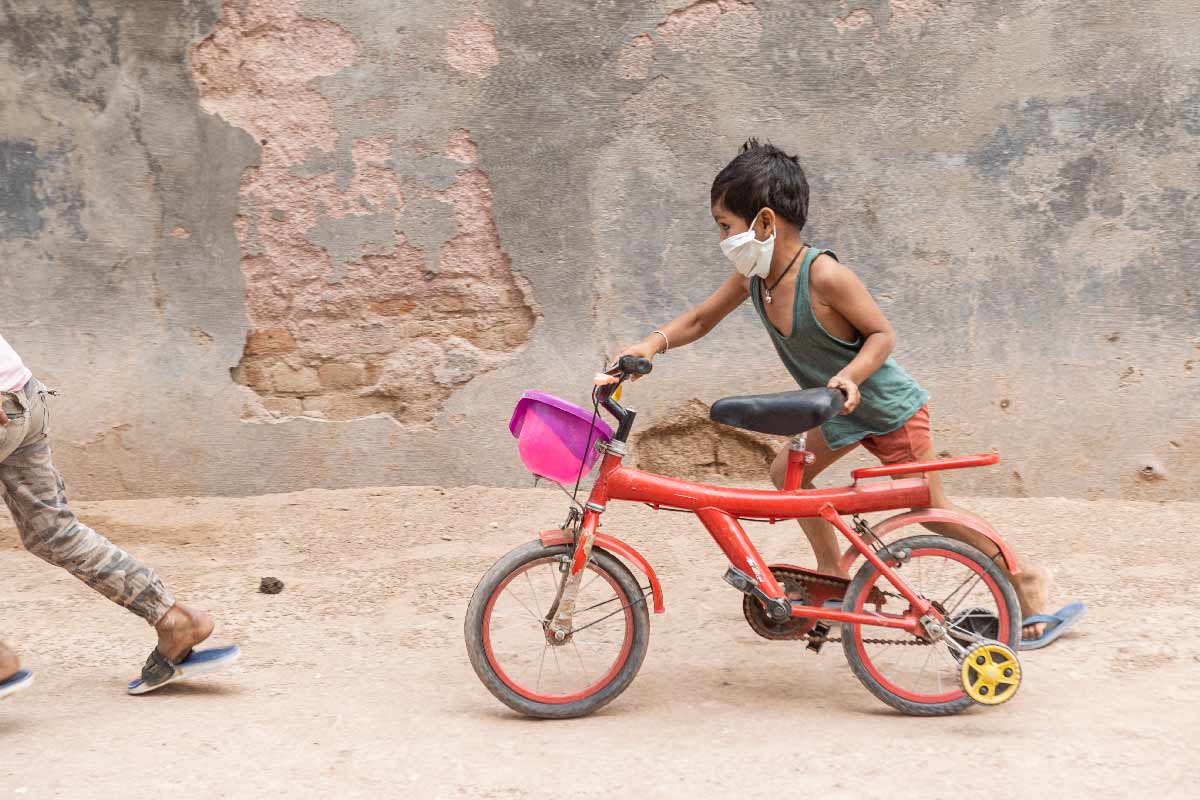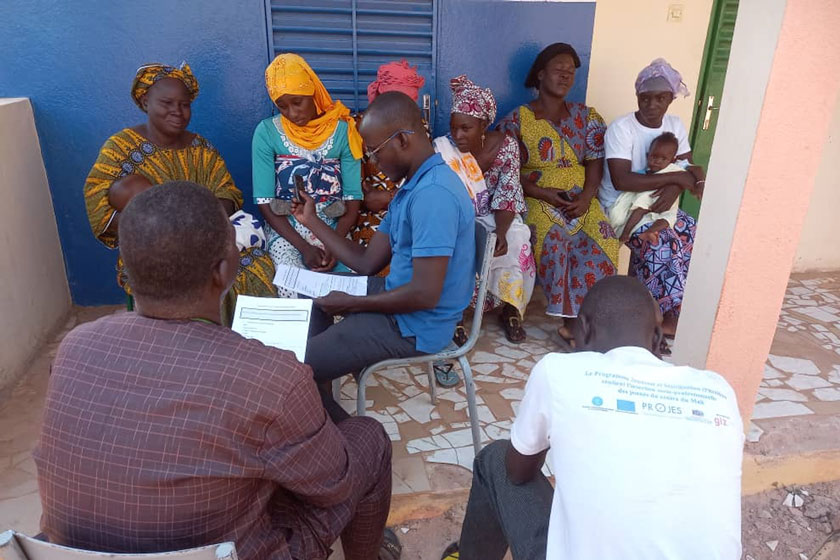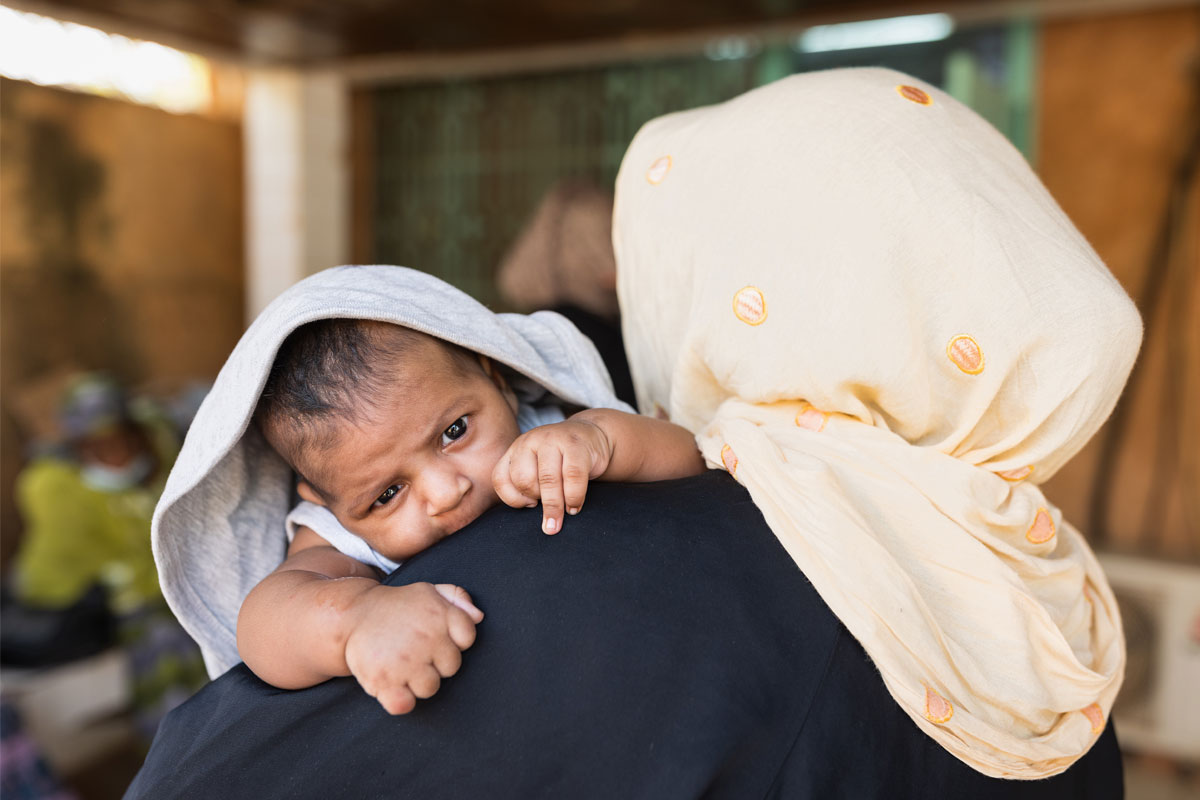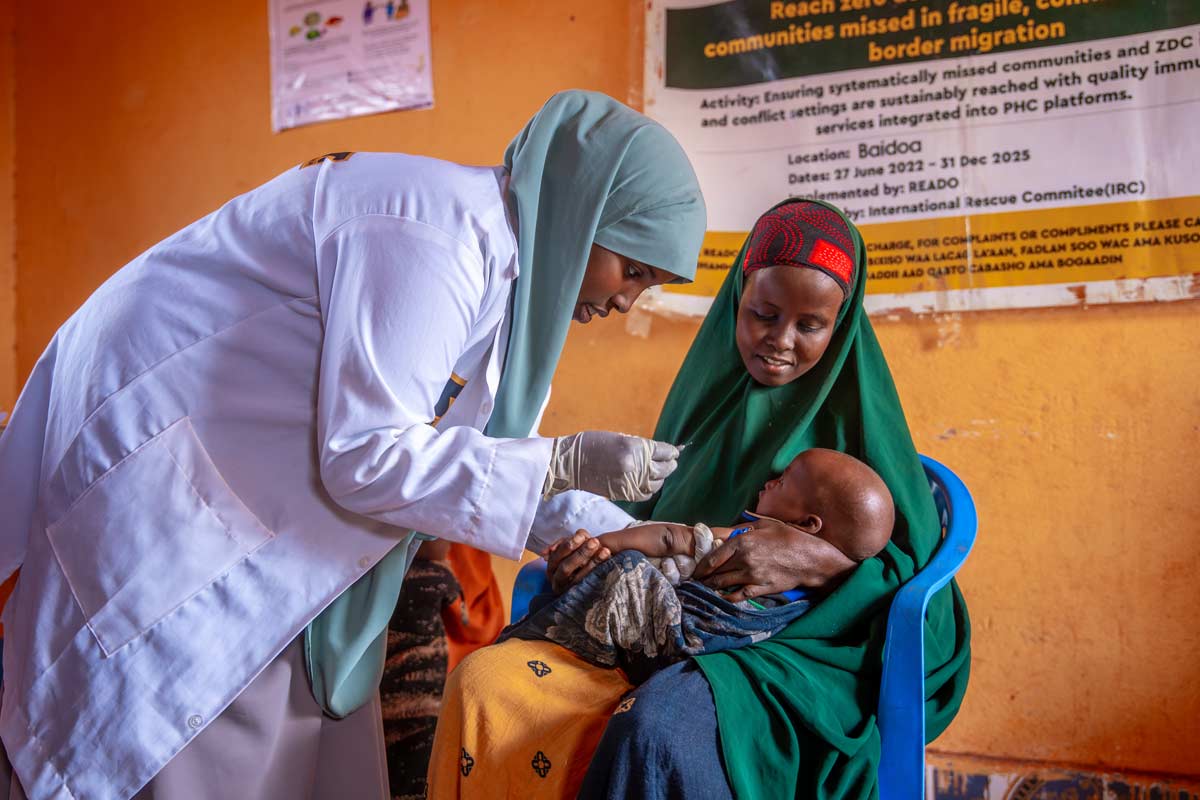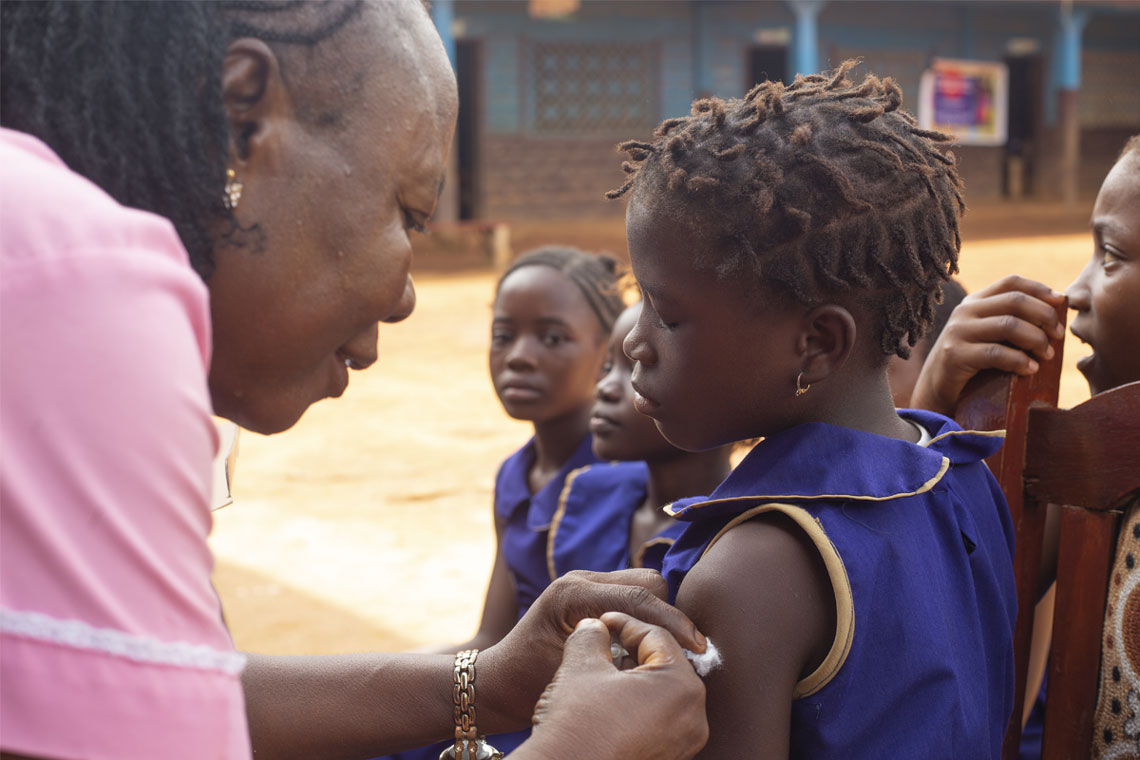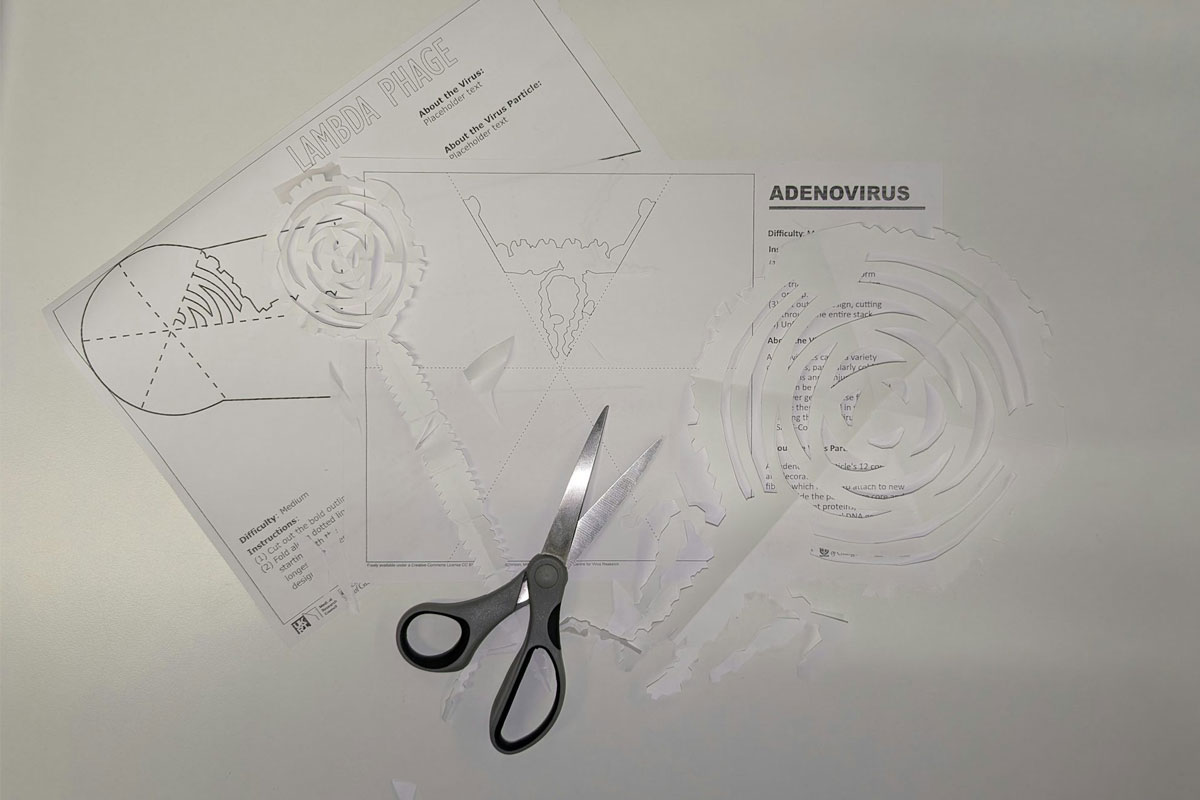Reaching zero-dose children: local challenges, global lessons
There isn’t one simple solution for identifying and reaching zero-dose children - local contexts require local solutions.
- 17 July 2025
- 7 min read
- by JSI
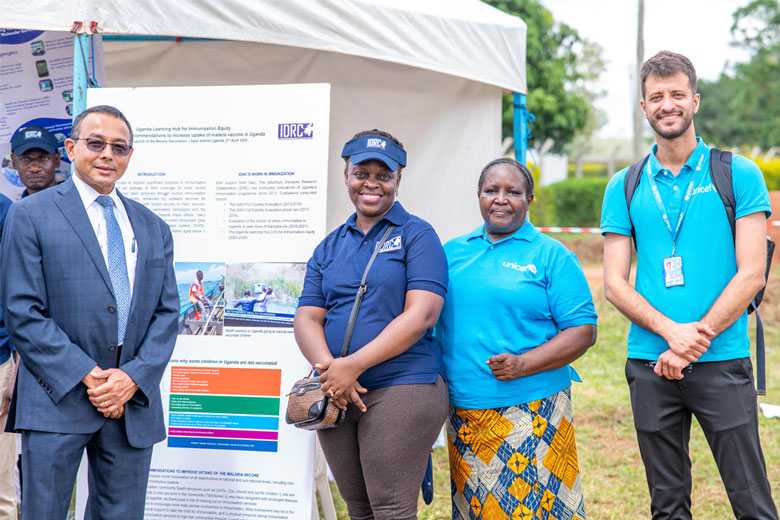
Geography, mobility, language, social norms, and political context can often determine who gets vaccinated and who’s left behind.
Understanding these local nuances is the essential first step. This was the focus of Gavi’s Zero-Dose Learning Hub (ZDLH) webinar, “Unlocking Tailored Solutions: Understanding Root Causes and Barriers to Reaching Zero-Dose Children and Missed Communities,” which brought together the Bangladesh and Uganda Learning Hubs and the Clinton Health Access Initiative (CHAI), part of the Gates Foundation Zero-Dose Learning Agenda (ZDLA).
At the event hosted by JSI, the global learning partner and lead of the ZDLH, experts shared what they’re learning about critical barriers to closing the immunisation gap for zero-dose children and missed communities.
Their experiences revealed recurrent challenges: caregivers who lack the autonomy or support to access services, policies and practices that fail to adapt to real-world constraints, and fragmented data systems that leave too many children invisible.
These insights illustrate what it will take to close the zero-dose gap within country systems and across Gavi’s Identify-Reach-Monitor & Measure-Advocate (IRMMA) framework, which focuses on identifying zero-dose children, reaching them with services, monitoring progress and advocating for long-term system change.
Who are zero-dose children?
Gavi operationally defines zero-dose children as those aged 12–23 months who have not received the first dose of the diphtheria, tetanus and pertussis-containing (DTP) vaccine – although the practical meaning is to find and reach children and communities that have been systematically missed by immunisation services.
In Bangladesh, they live in the wetlands, hills, coastal zones and rapidly growing urban slum areas, regions served by health systems that struggle with workforce shortages, vaccine supply gaps and inconsistent budget allocation.
In Uganda, they include those born at home or cared for by mothers or grandmothers who must walk long distances to health centres and navigate informal payment expectations.
In Cambodia, they include migrants without documentation, farmers in remote provinces and members of ethnic minority communities who speak different languages and face both logistical and cultural barriers to accessing care.
These examples challenge any notion of a universal solution.
Daily realities become barriers to care
For many caregivers, the biggest barriers to immunisation aren’t lack of awareness or unwillingness; they’re the demands of daily life.
Across all three countries, immunisation experts emphasised how caregiving responsibilities, mobility patterns and economic pressures shape access to services.
In Uganda and Bangladesh, decisions about children's health often rest with women, who may not have the autonomy, time, or support to act. Caregivers are sometimes grandmothers managing multiple responsibilities with limited resources.
“We’ve learned that children under the care of grandparents were twice as likely to be zero-dose compared to those under the care of the biological mother,” explained Susan Nayiga from the Uganda Learning Hub.
“Children usually are taken to their grandparents without their vaccination cards, so it’s difficult to track their immunisation status. Grandparents also find it challenging to walk long distances to access health facilities or even walk to outreach points.”
In Cambodia, caregivers in border regions frequently migrate for work, while those in rural or minority-language communities face logistical and linguistic hurdles that leave them disconnected from health systems.
In all three countries, immunisation is often deprioritised, not because it’s not valued, but because it's difficult to access within the constraints of caregivers’ lives.
Unless we design interventions around these caregivers’ real-world experiences, our services risk never fully reaching the families who need them most.
Behavioural and structural barriers compound one another
It’s tempting to treat demand and supply as separate challenges. But in reality, they are inseparable.
A caregiver may be willing to vaccinate her child, but if the clinic is far, the hours are inconvenient and she fears being scolded or charged unofficial fees, that willingness quickly fades.
Distance, misinformation and mistrust don’t operate in isolation; they reinforce one another in ways that undermine even well-designed programmes.
Policy and planning gaps undermine delivery
Rigid planning cycles and siloed budgeting emerged as obstacles.
In Bangladesh, frequent changes in national and subnational leadership – coupled with insufficient budget allocations for hard-to-reach areas – hampered efforts.
Have you read?
Similar issues emerged in Cambodia, where delays in inter-ministerial approvals and donor-driven timelines affected service delivery.
“Delays in planning and budget disbursement led to some of the districts actually missing the key holiday season for implementation of border immunisation sessions to reach the children of migrant workers,” explained Sarah Bryer, Senior Program Manager for Sexual, Reproductive, Maternal and Newborn Health with CHAI Cambodia.
Operational challenges can hold back good ideas: delays in budget disbursement, underfunded outreach, lack of transportation and funding for community health workers, and the absence of feedback loops between facilities and communities.
These aren’t new problems, but they often remain unresolved. Without addressing them, we won’t move from promising pilots to meaningful scale.
Missing data leads to missed opportunities
Digital tools hold promise, but on the ground, many interventions still rely on caregiver recall and paper registers.
Uganda flagged frequent stock-outs of data collection tools, including tally sheets, child registers, immunisation cards, and inconsistent outreach data capture, limiting targeted follow-up.
In Bangladesh, DHIS2 analyses revealed a sharp rise in zero-dose prevalence across sub-districts in 2024. The threshold for the top ten high zero-dose sub-districts increased, signalling worsening coverage gaps.
But without stronger links between these findings and operational plans, insights can’t translate into action, and interventions remain undermined by data quality and consistency gaps.
Moving from innovation to integration
Innovative approaches are emerging, but many struggle to become embedded within routine health systems.
Many of the interventions shared, like Cambodia’s extended health centre hours or Bangladesh’s digital e-screening checklist, show promise. But too many interventions remain limited in scope, timescale or donor support.
Without political will, domestic financing and institutional support, many of these promising models risk remaining standalone projects rather than evolving into scalable, lasting solutions. Encouragingly, momentum is building in some settings.
“The EPI managers in the implementation research areas proposed to scale up the promising interventions like the e-screening checklist, crash programmes, and evening sessions to other sub-districts and zones,”explained Dr Jasim Uddin of the Bangladesh Learning Hub.
“They’re also using findings in developing policy documents, and zero-dose and under-immunised children have been included as a standing agenda item in division, district and sub-district level meetings.”
These are the kinds of steps needed to ensure that innovation moves from isolated pilots to system-wide integration. Integration into national planning and funding cycles remains a critical next step.
Pathways forward: flexibility, data and partnerships
These country spotlights reinforce a clear message: identifying zero-dose children demands adaptive planning, robust logistics, genuine community engagement and rigorous data use, all tailored to local circumstances.
As the webinar underscored, overcoming these barriers will require sustained political commitment, flexible support for district teams and programmes designed around the lived realities of caregivers and health workers alike.
Across Bangladesh, Cambodia, and Uganda, teams are already experimenting, adapting and capturing lessons on what really moves the needle.
“Understanding the context and nuances not just at the national level, but also at a granular, hyperlocal level, is critical to identifying and tailoring approaches effectively,” emphasised webinar facilitator D. Folake Olayinka.
These experiences are vital to shaping smarter, more sustainable strategies to identify and reach zero-dose children and missed communities. To dive deeper, access the full webinar recording and additional resources on the ZDLH website.
Led by JSI with partners the International Institute of Health Management Research (IIHMR) and The Geneva Learning Foundation (TGLF), Gavi’s Zero-Dose Learning Hub is a global learning initiative to generate evidence and engage stakeholders to identify and reach zero-dose and under-immunised children. As the global learning partner, JSI supports Country Learning Hubs in Bangladesh, Mali, Nigeria and Uganda to advance evidence-based strategies aligned with Gavi’s Identify-Reach-Monitor & Measure-Advocate (IRMMA) framework. Key ZDLH achievements include demand-driven technical assistance and the development of tools and resources, all aimed at identifying and reaching zero-dose children and integrating evidence into policy and practice.
